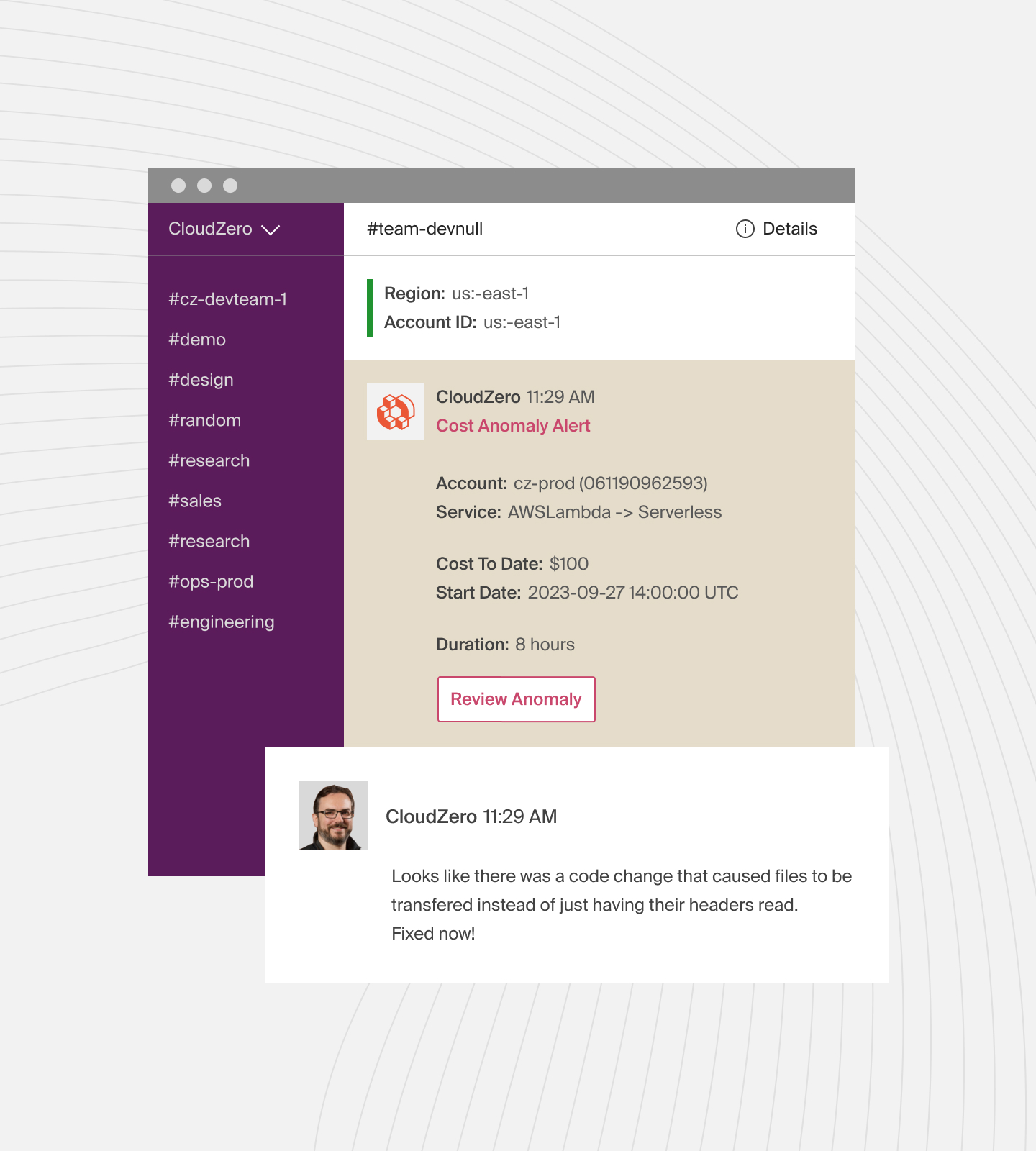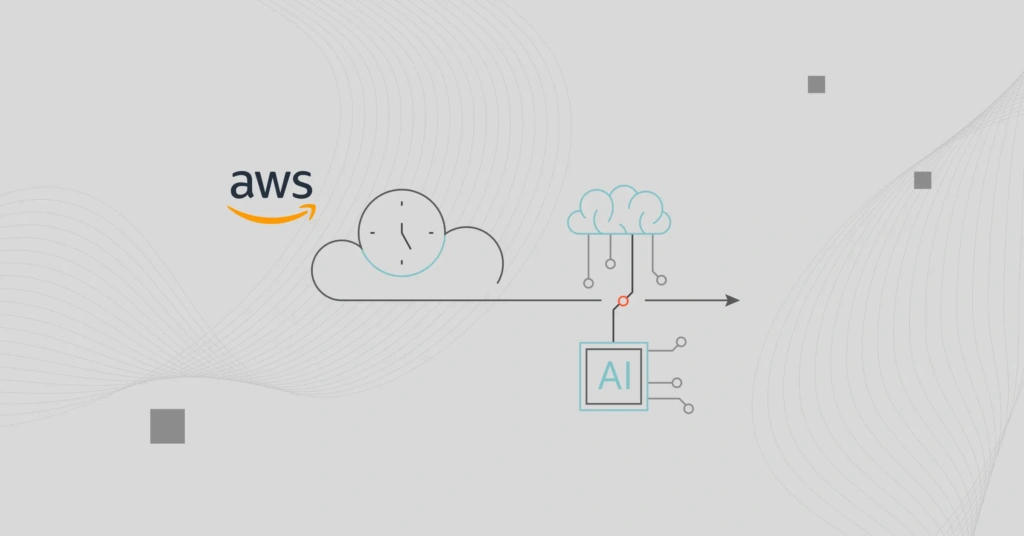As organizations increasingly migrate to the cloud, managing expenses efficiently becomes crucial. Traditional cost management methodsoften fall short in this environment, where resource allocation and usage can fluctuate dramatically. Enter Artificial Intelligence (AI) and Machine Learning (ML).
These cutting-edge technologies are revolutionizing the way businesses approach cloud cost management. AI and ML offer sophisticated solutions, enabling more accurate forecasting, real-time monitoring, and automated optimization strategies.
This integration marks a significant leap forward, promising enhanced efficiency, reduced waste, and more strategic allocation of resources.
As we delve deeper into the nuances of cloud cost management, the role of AI and ML stands out as a game-changer, transforming the landscape from reactive expense tracking to proactive, intelligent financial stewardship in the cloud.
The Current State Of Cloud Cost Management
Traditionally, cost management has relied on manual monitoring and after-the-fact analysis.This approach involves setting static budgets, manually tracking expenses, and conducting periodic reviews. However, these methods are time-consuming and inadequate for environments as dynamic as those within the cloud.
They fail to address the real-time nature of cloud resource usage and costs, leading to delayed response to overrun and missed opportunities for optimization. This limitation becomes particularly evident in environments with fluctuating resource allocation and usage, where traditional methods lack the agility and precision needed for effective cost management.
This gap paves the way for AI and ML to bring transformative change. By leveraging these technologies, businesses can shift from reactive to proactive, ensuring smarter resource allocation,timely anomaly detection, and continuous cost optimization.
AI and ML’s ability to process vast amounts of data in real-time and predict future trends allows for a more nuanced and effective approach, marking a significant advancement in how businesses handle their cloud finances.
How AI And ML Contribute To Cloud Cost Optimization
AI and ML are still in their infancy. Like with any new technology, pitfalls and growing pains have to be accounted for and navigated around. Despite that, these solutions are reshaping the approach to cost optimization, providing a suite of sophisticated tools that greatly enhance the ability to manage expenses.
AI and ML’s contribution can be summarized in the following ways:
- Predictive Analysis – They analyze historical data to identify usage trends, enabling accurate forecasting of future resource needs. This helps in avoiding over-provisioning, a common cost inflator.
- Anomaly Detection – These technologies continuously monitor cloud usage and expenses, quickly pinpointing irregularities. This real-time vigilance is crucial for early detection of inefficiencies or security issues.
- Automated Cost-Savings Recommendations – AI and ML provide data-driven recommendations for cost optimization, such as identifying underutilized resources or suggesting more cost-effective service options.
The impact of these services is only set to continue growing. A recentForbes article estimates that 49% of businesses interviewed expect cost optimization to be a key reason for using artificial intelligence.
This transformative change brought about by AI and ML is rapidly turning cloud cost management from a labor-intensive process into an intelligent and strategic practice, essential for the financial stewardship of modern cloud-based business operations.
Future Trends In AI And ML
Looking ahead, the trajectory of AI and ML points towards even more advanced and nuanced applications. These technologies are set to evolve further, bringing about more profound changes in how businesses manage their cloud resources and expenses.
Future advancements in AI and ML for cloud cost management might include:
- Enhanced Predictive Capabilities – AI and ML algorithms are expected to become more sophisticated in forecasting needs, potentially integrating more comprehensive data sets, including market trends and business activity patterns, to offer more precise predictions.
- Automated Cost Management – Future developments could see AI taking over more of the cost-efficiency process, autonomously adjusting resources in real-time to optimize for cost, performance, and availability.
- Integration with Other Business Systems – AI and ML might increasingly interface with other business management systems, such as ERP or CRM, to provide a more holistic view of how cloud costs impact overall business performance.
- Sustainability Focus – Future AI and ML advancements may include optimizing cloud costs while considering environmental impact and aligning cost savings with sustainability goals.
In essence, the future of cloud cost management with AI and ML is not just about maintaining budgets; it’s about smartly aligning cloud spending with business objectives, efficiency, and innovation.
How CloudZero Uses AI And ML
CloudZero stands as a prime example of how AI and ML technologies are being harnessed to revolutionize cost optimization in the cloud. As a platform specifically designed for this purpose, CloudZero offers a glimpse into the future of efficient and intelligent cloud expense management.
CloudZero leverages AI and ML to provide a comprehensive solution for cloud cost optimization. It usespredictive analysis to accurately forecast future cloud spending, helping businesses avoid pitfalls like over-provisioning. This ability to predict and plan for future needs is crucial in managing cloud budgets effectively.
Additionally, CloudZero employsanomaly detection algorithms to monitor cloud usage and expenses continuously. This real-time monitoring enables the early detection of any unusual patterns or inefficiencies, allowing for prompt corrective action.

Perhaps most importantly, CloudZero offers automatedcost-saving recommendations. The platform can provide actionable insights into optimizing costs by analyzing cloud usage data in-depth. This might include identifying underutilized resources that can be downscaled or suggesting shifts to more cost-effective cloud services or configurations.
The real-world impacts of using CloudZero are significant:
- Cost Reduction –Businesses report substantial savings on cloud expenses due to more efficient resource utilization and eliminating unnecessary spending.
- Enhanced Visibility – CloudZero provides a clear view of where and how cloud budgets are spent, enabling better financial decisions.
- Strategic Resource Allocation – Companies can allocate their resources more strategically, ensuring that every dollar spent on the cloud contributes to business objectives.
- Time Savings – The automation of cost monitoring and optimization frees up valuable time for IT and finance teams, allowing them to focus on other strategic initiatives.
CloudZero’s AI and ML integration exemplifies these technologies’ transformative potential. It shows how moving beyond traditional, manual approaches to a more intelligent, automated system can significantly improve cloud-based operations’ efficiency, cost savings, and strategic financial innovation.
CloudZero’s platform will continue to evolve and offer customers unprecedented opportunities to cut costs and lower their bottom line. Don’t get left behind – reach out today to  to see what CloudZero can do for you!
to see what CloudZero can do for you!








